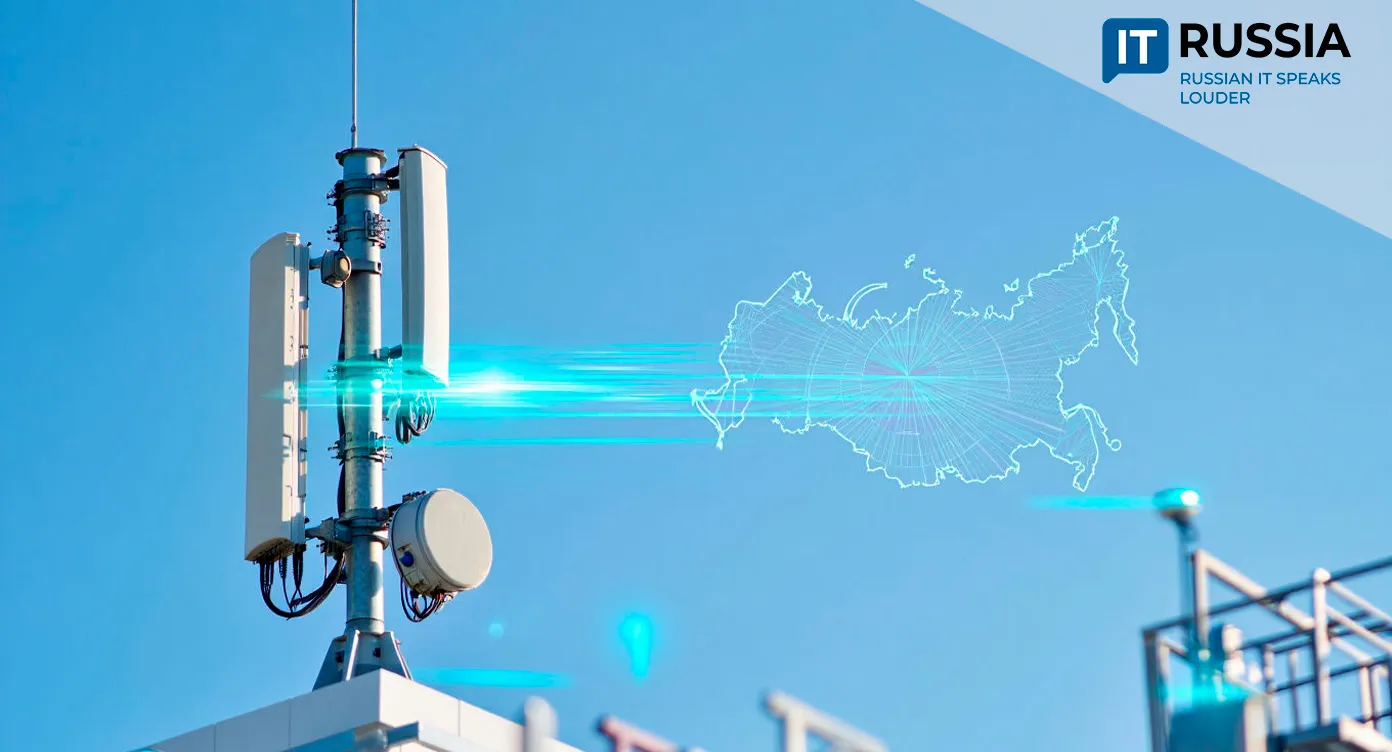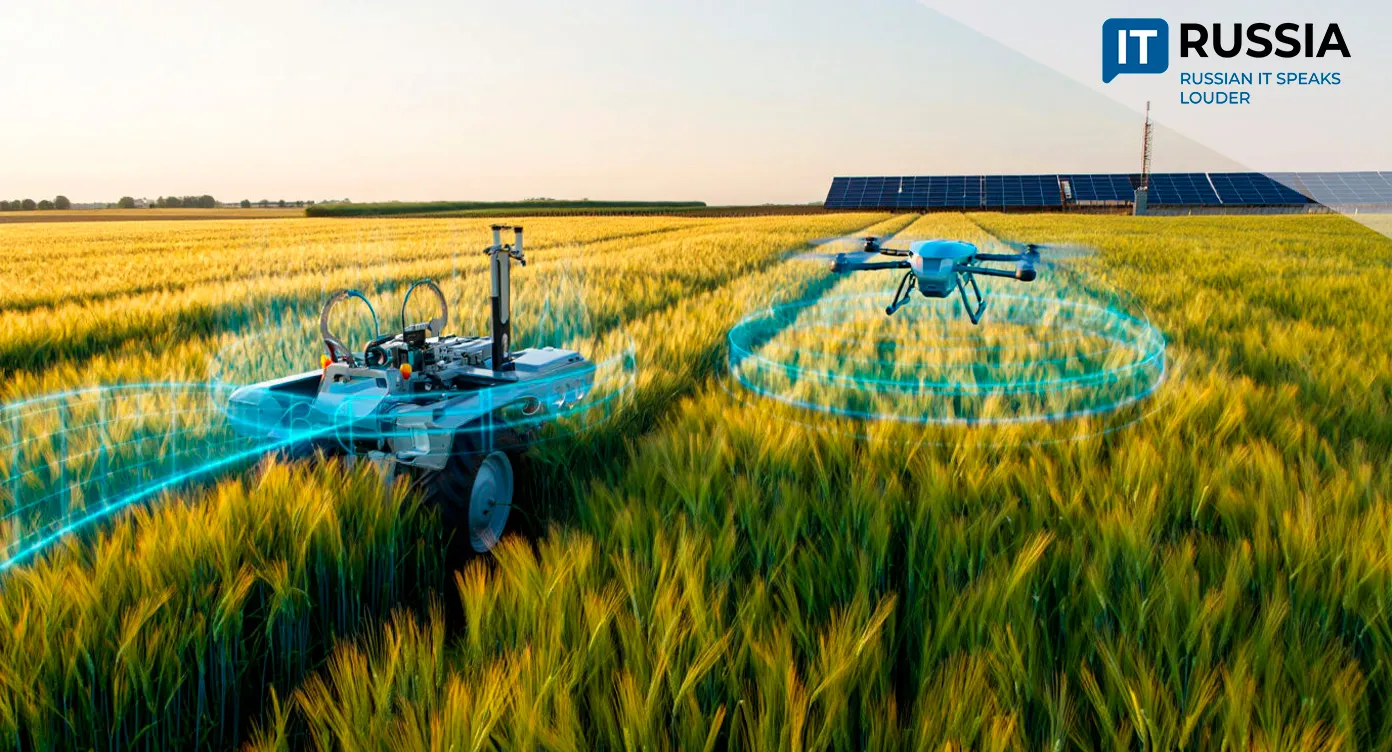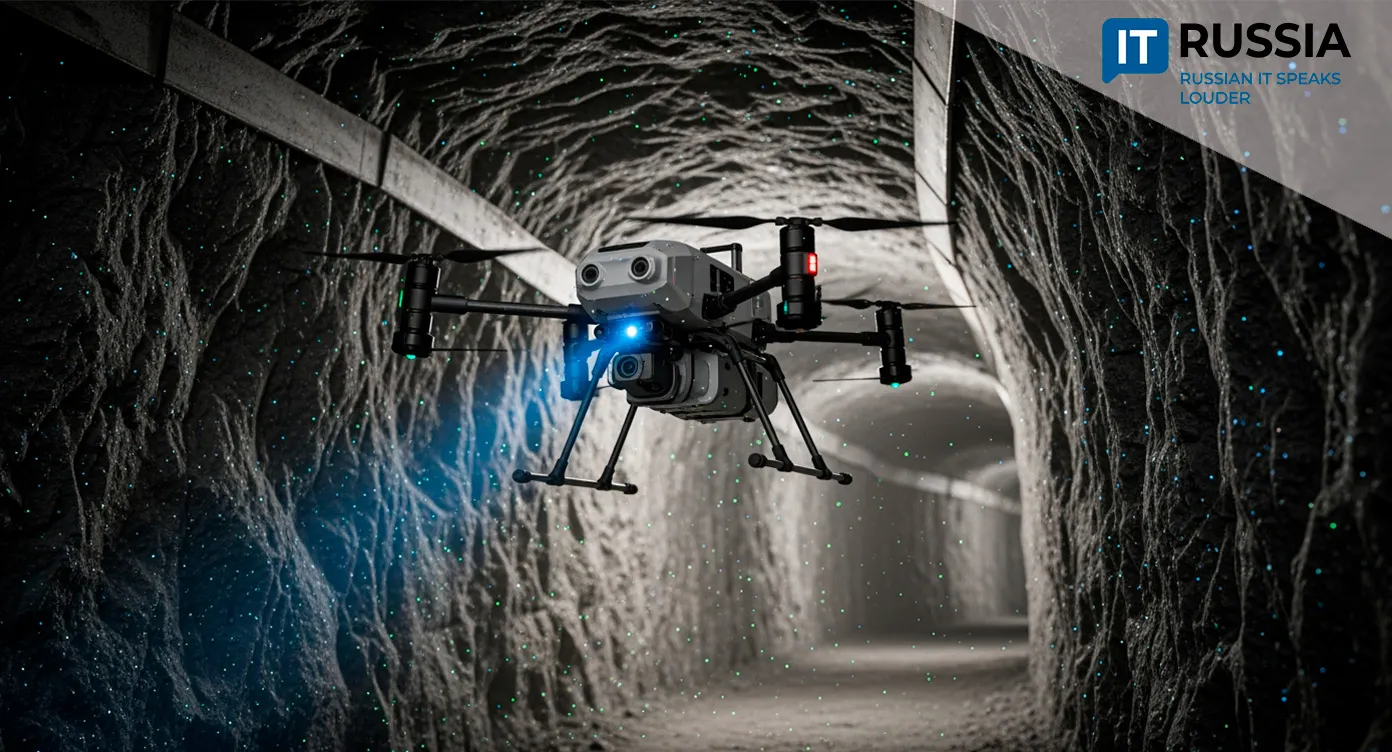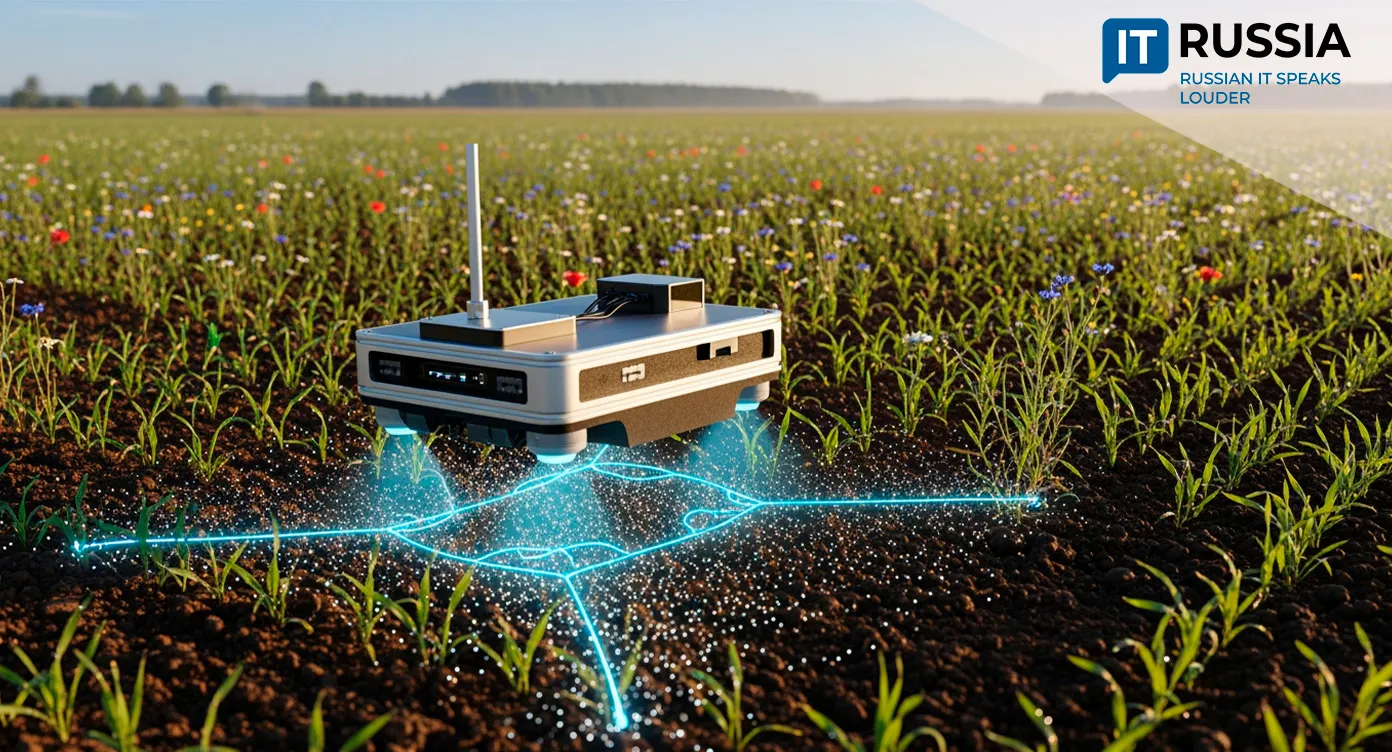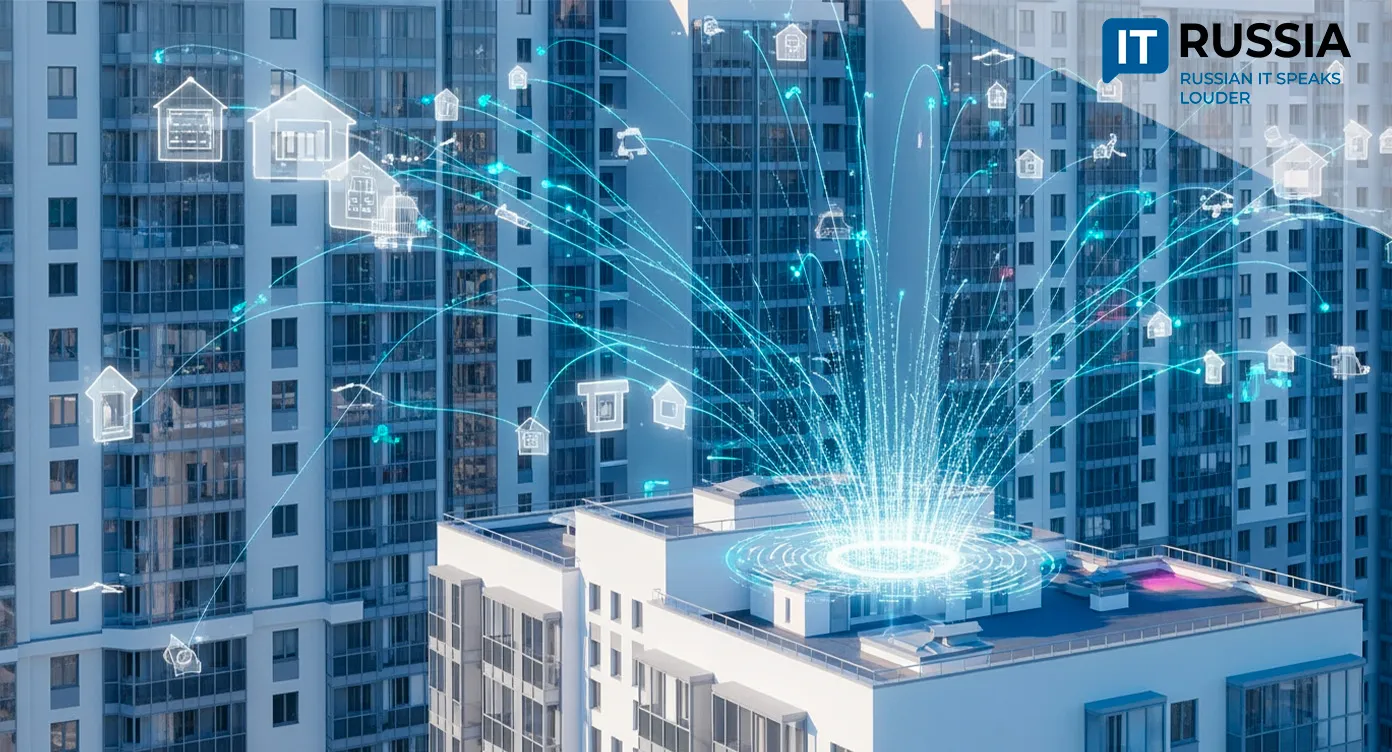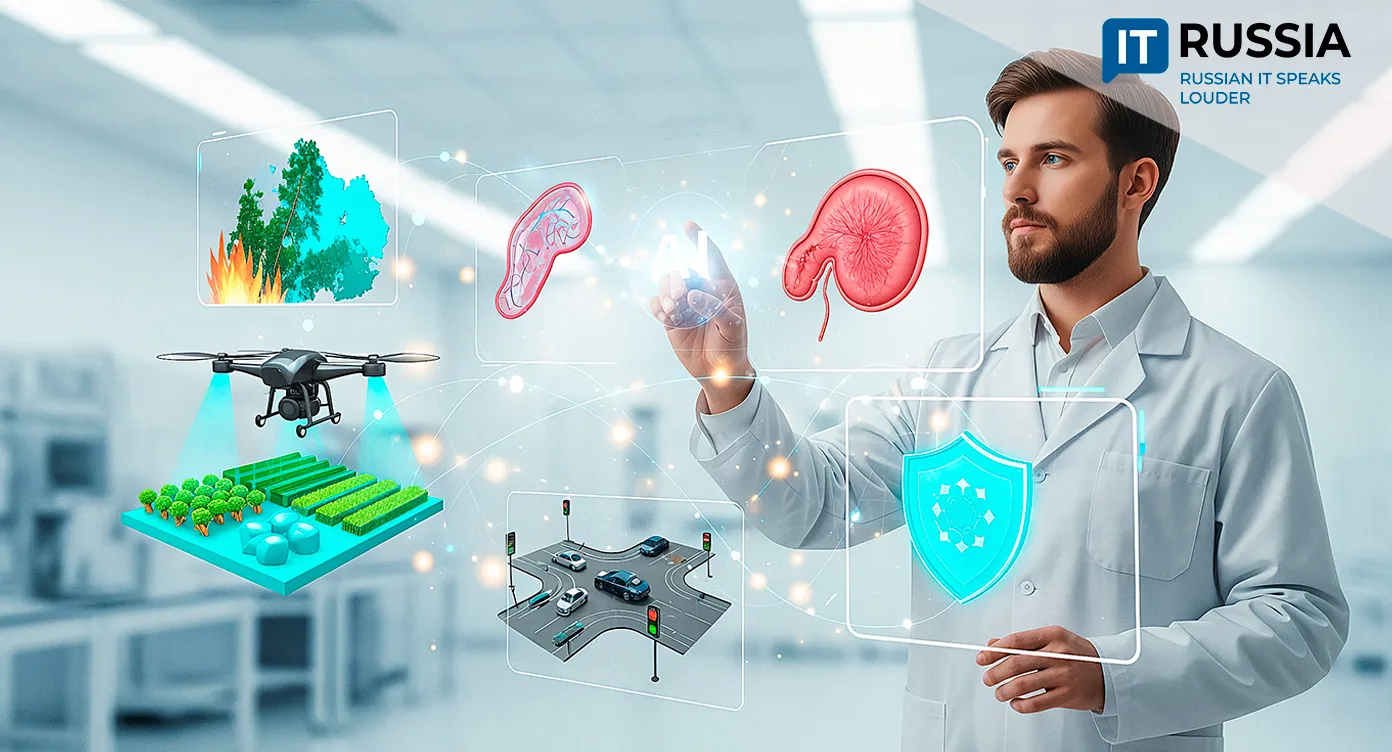UAVs in Service of the Oil and Gas Sector
Russia’s major oil and gas companies are expanding their use of unmanned aerial vehicles to monitor pipelines and production sites, increasing safety and efficiency across vast, remote territories.

A Connected Sky
Russia’s oil and gas infrastructure, stretching across thousands of miles of pipelines and isolated production sites, is increasingly monitored from the air. For years, Tatneft has been expanding its UAV-based surveillance program, which now provides real‑time visibility into the condition of pipelines and field installations. Drones spend nearly 3,000 flight hours annually, surveying more than 13,000 miles of pipeline and over 42,000 oil production facilities.
Tatneft began UAV testing back in 2016, using both fixed‑wing and multirotor drones produced in Russia. Early pilots focused on inspecting pipeline routes, water lines, and large clusters of wells.
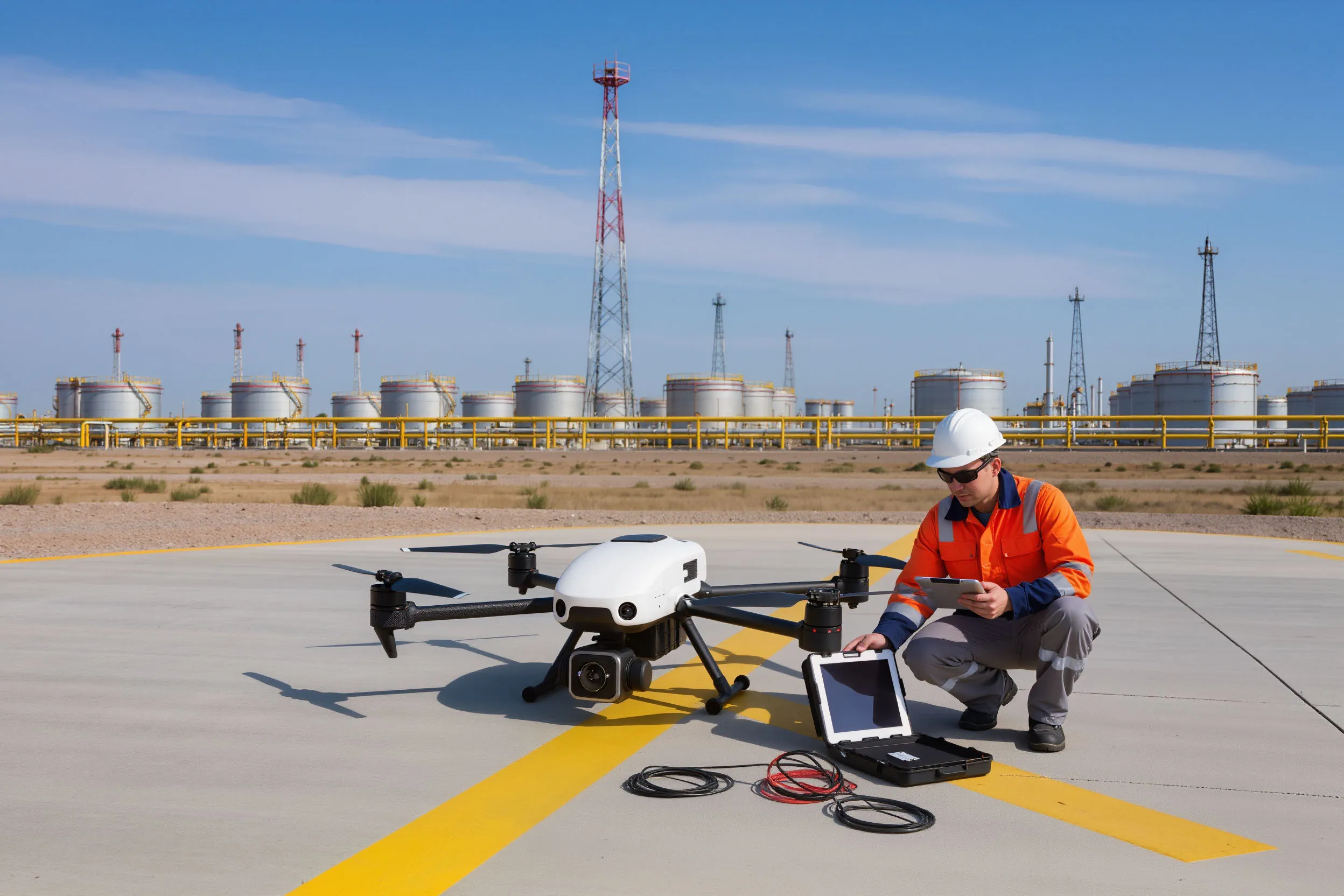
In 2019, the company established a dedicated internal UAV inspection unit inside its Process Control Center. Its core mission is airborne monitoring of pipeline protection zones and local production sites. Thermal sensors mounted on the drones enable assessment of both external and internal equipment surfaces, ensuring more accurate diagnostics.
Automation Takes the Controls
Demand for advanced UAVs, sensors, data‑analysis tools, and AI‑driven video and thermal interpretation is rising quickly, creating strong momentum for Russia’s tech and engineering sectors. Within the extraction industry itself, UAV adoption is improving monitoring accuracy, lowering accident risks, and significantly enhancing safety.
Drones dramatically accelerate incident response. Whether the issue is an oil spill, a fire, or unauthorized intrusion, real‑time data is transmitted directly to dispatch centers, containing risks at the earliest possible stage.
Tatneft’s UAV program covers over 580 square miles every year. These flights generate up‑to‑date digital maps used for mine‑surveying tasks and development planning. This digitalization is especially important in dense industrial regions, helping ensure safe placement of new infrastructure. All visual media is processed through a corporate analytics system powered by machine vision.
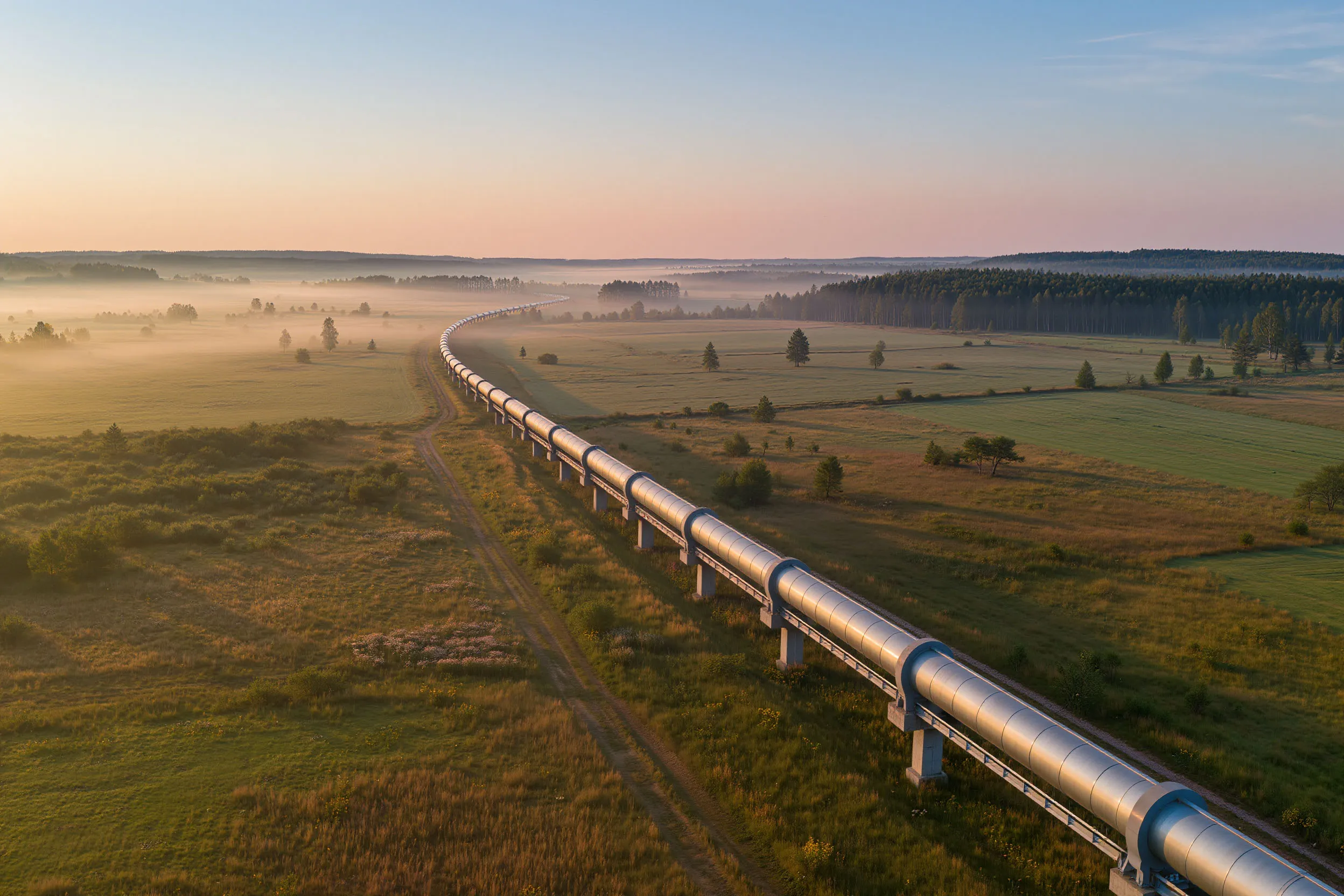
Joining the Fleet
Tatneft’s success is prompting other companies—including those outside the oil and gas sector—to explore UAV adoption. A key requirement for future expansion is integrating corporate drone fleets with analytics systems, AI‑based cameras, and infrastructure digital twins. UAVs must become part of larger digital ecosystems.
Currently, Russia is testing the Skopa‑20 UAV aboard the nuclear icebreaker Ural along the Northern Sea Route. Developed by OMVTECH, it is designed for oil‑spill response and can disperse both liquid and powdered reagents to contain pollution.
While Russian UAV manufacturers are not yet featured in global rankings, domestic developers are rapidly filling market gaps left by departing Western companies. Major adopters include Gazprom, Rosneft, Lukoil, and Gazprom Neft. Russia’s geography creates unique requirements: vast distances and severe weather demand exceptionally robust UAV systems.

Russia aims to achieve technological leadership in UAVs by 2025, a priority repeatedly emphasized by President Vladimir Putin. By 2030, the country plans to establish a full‑scale UAV industry, infrastructure system, and nationwide service network. The oil and gas sector is playing a critical role in reaching this goal.
However, risks remain. Regulatory and bureaucratic limitations on UAV flights are a major obstacle. Another is the shortage of trained specialists. To address this, Russia has launched a multi‑year national program for continuous personnel training in UAV development, production, and operations, scheduled through 2029.



